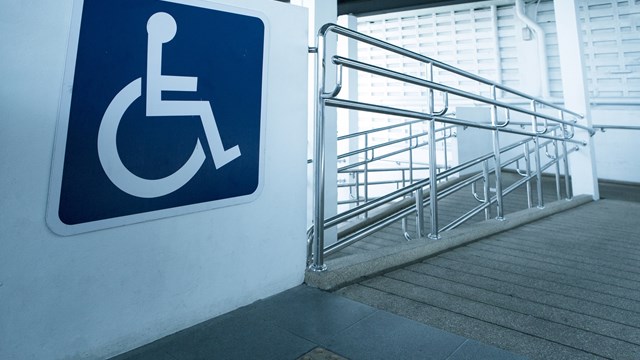
—Concerned Board Member
“The Barrier Free Subcode is drawn into this type of work by another subcode under the Uniform Construction Code: the Rehabilitation Subcode. Under those regulations the Barrier Free Subcode is applicable to alterations. The roof deck that you mention would be considered an “alteration,” which is broadly defined under the Rehabilitation Subcode to include “any work, which imposes additional loads on a primary structural component.” The roof, of course, would be a primary structural component and the roof decking imposes additional loads.
“The Barrier Free Subcode requires that all “common use facilities” must comply with the requirements of the subcode. Those requirements are applicable through the Rehabilitation Subcode. However, there is a provision in the Rehabilitation Subcode that provides that where complying with the accessibility requirements is infeasible then the requirement must be met to the maximum extent feasible.
“Based on the facts you provided it appears that providing a route of travel that is accessible to a handicapped person might not be feasible. If that is the case, there are various approaches that might be taken by your architect or engineer. First, you could apply for a “variation” from your building inspector from compliance with the Barrier Free Subcode. There are strict rules that control this process, but any architect or engineer familiar with the Uniform Construction Code should be aware of these requirements and should be able to assist you. The other alternative is to show that making the rooftop deck accessible is infeasible, and work with the building inspector and your architect or engineer to come as close to meeting the intent of the law as possible. You may, for instance, be able to offer other accessibility improvements in the building that would not otherwise be required in order to win the building inspector’s approval of the rooftop deck without meeting the accessibility requirements that would normally relate to it. “It is to be noted that the accessibility requirements are dependent on the exact “use group” that your building falls under. Thus, while it appears likely that the proposed rooftop deck would be subject to the subcodes described above, only a thorough analysis of the subcode requirements by your design professional will provide you with a final answer.”






Comments
Leave a Comment